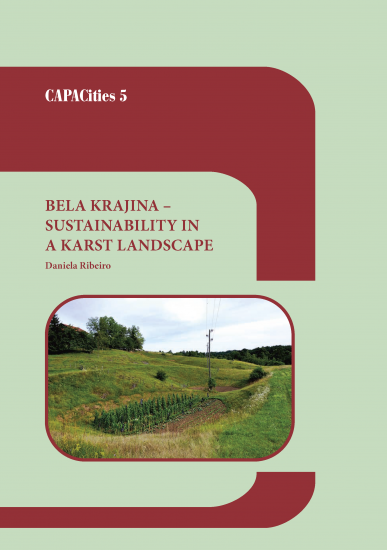
Author:
Daniela Ribeiro
Year:
2020
Sustainable development in karst areas should be adapted to its specificities and take into account its vulnerability. The assessment of the development potential and management of karst areas is of great importance in Slovenia. This book presents the analyses of the impact of landscape features on the land use and sustainable development in a marginal Slovenian karst landscape ‒ Bela krajina. In order to draw attention to the combination of social perspectives with natural conditions for an integrative view of the karst landscapes, three approaches were used: 1. assessment of the degree of human disturbance to the karst landscape, 2. analyses of land use dynamics, and 3. quantitative and qualitative analyses of the sustainable development of Bela krajina. Karst landscape features affect sustainable development of the study region both positively and negatively. According to local stakeholders the positive effects are mainly connected with tourism, and the negative effects are mainly connected with hampered agriculture. The main message is that karst landscape features should not only be seen as limiting factors, but also for their development potential.
-
Author
-
Publishing House:
Založba ZRC
-
Publisher
-
ISBN
978-961-05-0461-0
-
Year
2020
-
Series
Language(s)
-
Specifications
paperback 16,5 × 23,5 cm 140 pages
-
E-publications
16. 09. 2020
-
Permalink